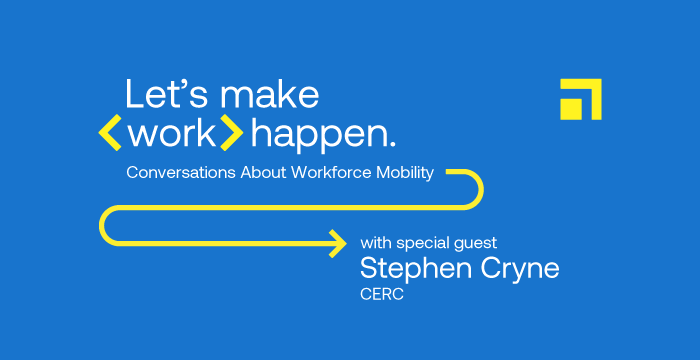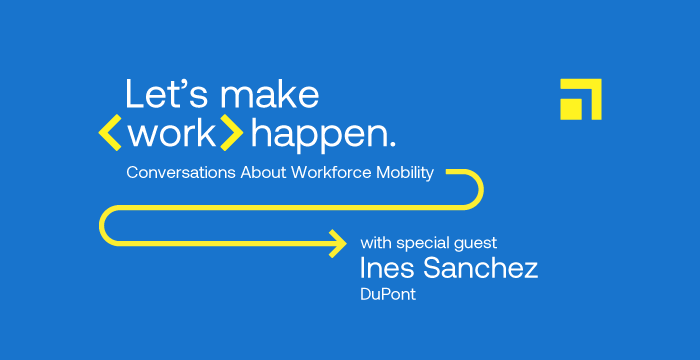So, You Work in Global Mobility?
If you work in mobility, you’ve probably been here before.
You’re at a party, a networking event, or maybe just chatting with a neighbor when the inevitable question pops up: “So… what do you do?”
You smile and reply, “I work in relocation/global mobility.” Cue:
Blank stare.
Awkward nod.
Change of subject.
Maybe one brave soul asks for a follow-up. A little clarification. But most of the time? Crickets.
Which is such a shame, because our industry is dynamic, endlessly fascinating, and transformative for so many people and companies worldwide!
So, I’ve decided to switch it up. Next time someone asks me what I do, here’s what I’m going to say.
You: So, what do you do?
Me: Ah, I’m so glad you asked. Buckle up—you’re about to get a behind-the-scenes peek into the wild world of global mobility.
Yes, I work in relocation. But what does that actually mean? Go on, take a guess!
Close… but nope, I’m not in recruitment or HR.
Although relocation is definitely one of the most exciting (and essential) corners of the HR world, if I do say so myself.
In this niche but ever-evolving segment, we help businesses move, grow, win, and thrive.
How? By partnering with global companies who understand the value of sending their top talent around the world. These employees gain new skills, grow into future leaders, and give their companies a major competitive edge. And we’re the experts that make it all happen.
We handle it all: immigration, home finding, temporary housing, tax support, cross-cultural training, settling-in services, policy counseling…
You name it—we do it.
Let me give you an example:
My specialty is Household Goods. I’m an International Move Management Coordinator, responsible for ensuring our customers’ belongings are treated with white-glove care (literally). We’re talking extra, extra bubble wrap, coordinated timelines, and constant communication with our trusted van line partners. I joined the Household Goods team in 2019 and haven’t looked back since.
Before that? I was a Senior Relocation Counselor at our Latin America Operations Center in Miami. Now I’m based in our New Jersey office. Yes, I traded balmy beaches and palm trees for snow and slush. And yes, I’m surviving winter just fine, thank you.
In my old role, I was the main point of contact for relocating employees, helping them navigate every piece of the relocation puzzle. Now, I focus on just one key piece: the move itself. And I bring that same people-focused service mindset to every single shipment and every single client.
Pretty cool that I get to work for a company that supports career growth like that, right?
But honestly, the biggest thing that shaped my understanding of relocation? My own relocation.
Moving from Miami to New Jersey gave me a firsthand look at just how stressful this process can be. It made me even more empathetic and even more committed to getting it right for others.
Because let’s face it: Even a local move can be overwhelming.
Now imagine moving halfway across the globe… with your family… to a country where you don’t speak the language. It’s a lot.
That’s why our industry exists—to make these transitions easier, smoother, and more successful. The complexity of the relocation process is too much for most companies to manage in-house. As someone who recently relocated and knows all the moving parts going on behind the scenes, I get to witness the impact of our work every day. We exist to alleviate the stress from overwhelmed and under-resourced HR teams so that they can focus on bigger picture goals, and their employees can focus on what really matters: thriving in their new role, in their new home.
And that’s something worth talking about.
So… what do you do?
Relocating Employees Rank Weichert Workforce Mobility #1 in Net Satisfaction for 12th Consecutive Year
For the 12th consecutive year, Weichert Workforce Mobility has topped the charts, earning the highest net satisfaction percentage in Trippel’s 2025 Relocating Employee Survey.
Read More











